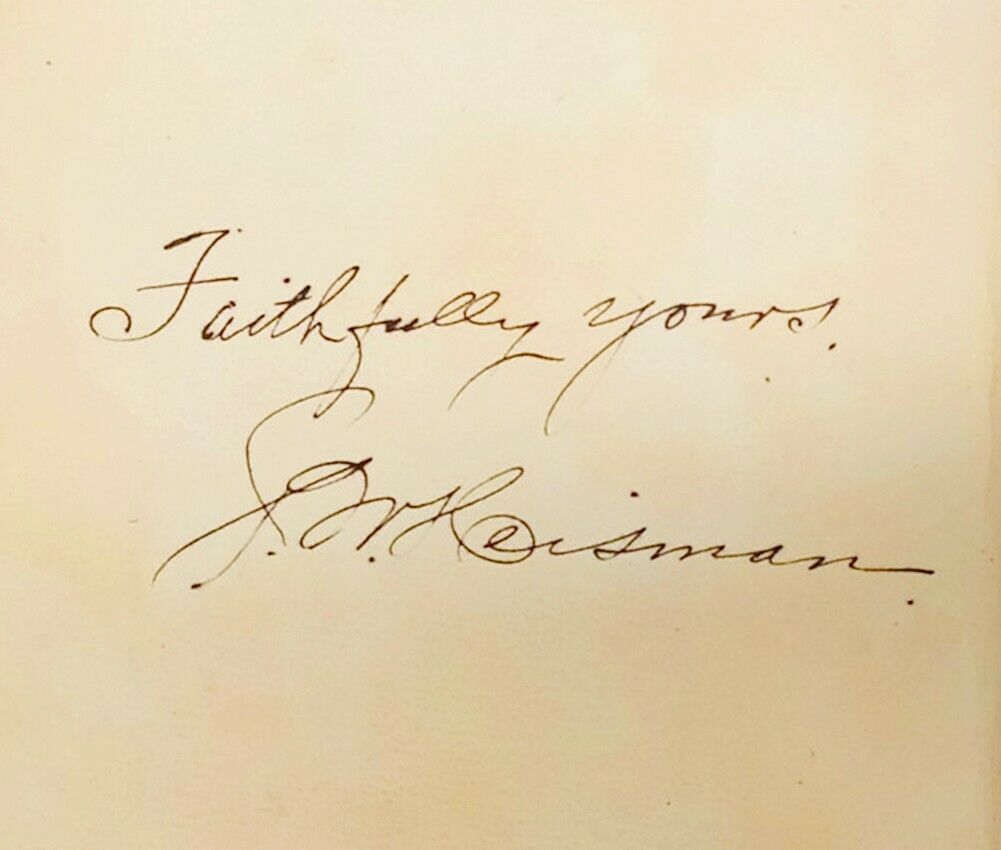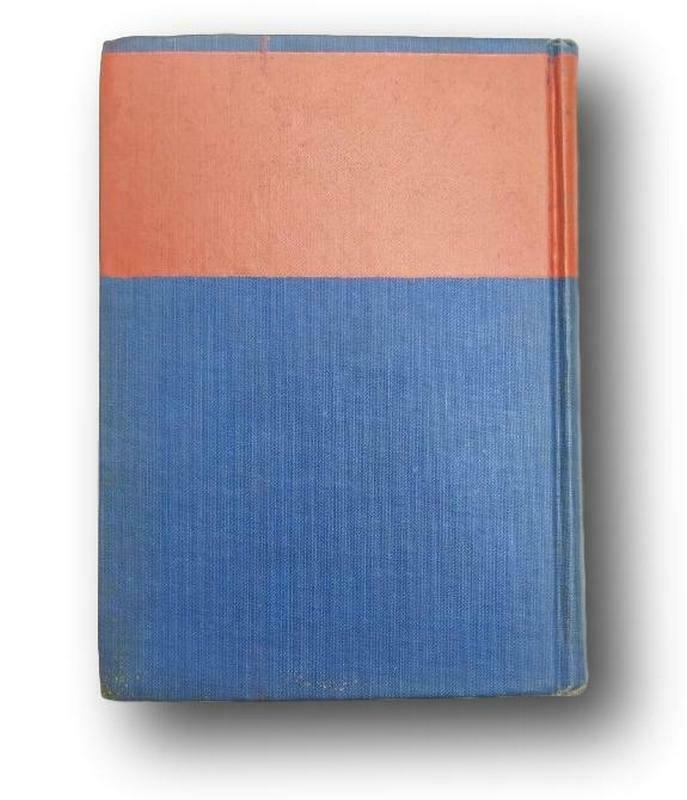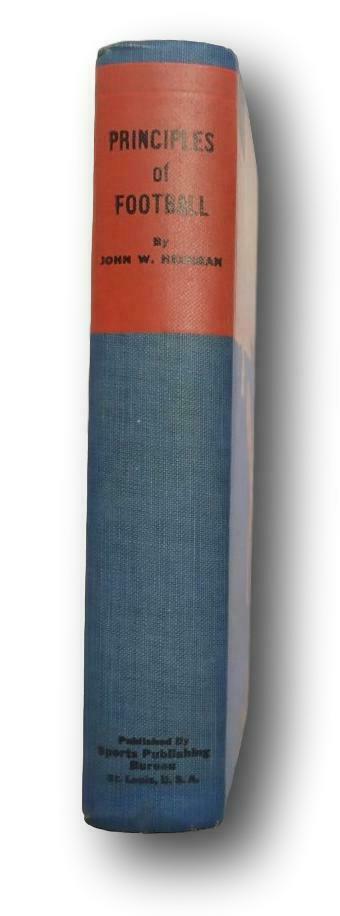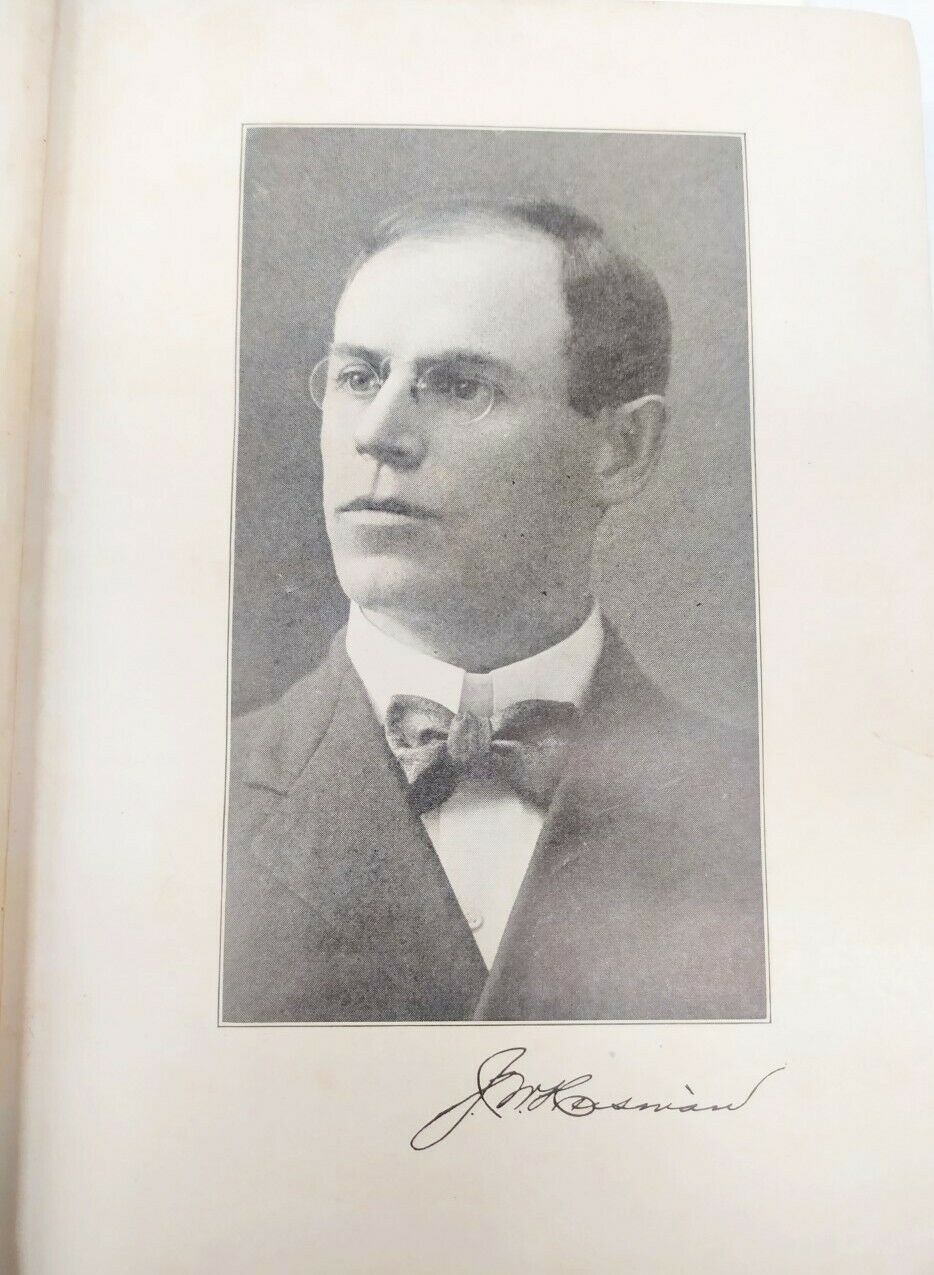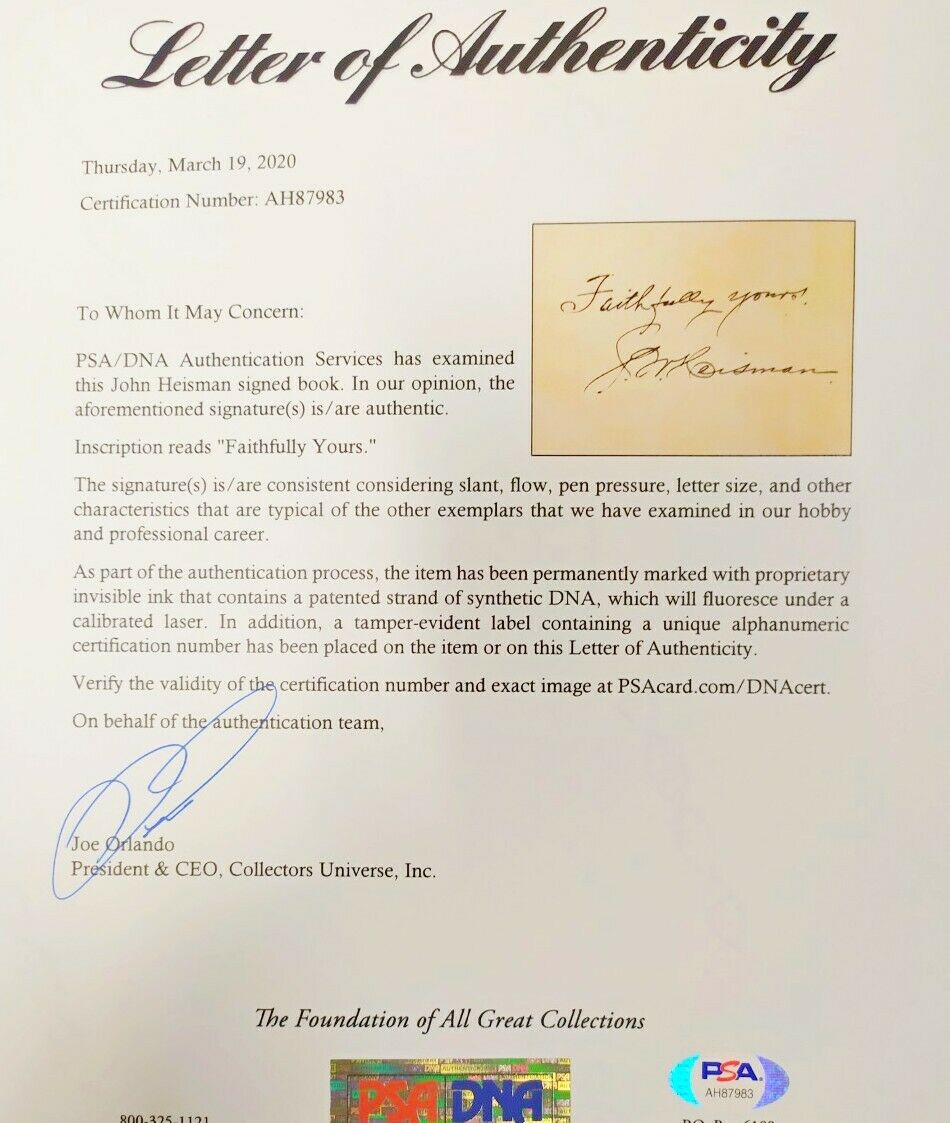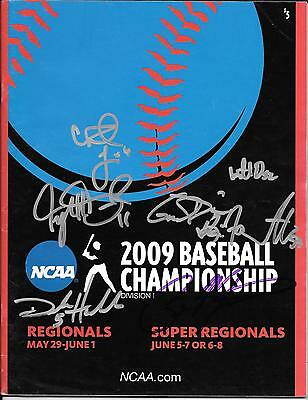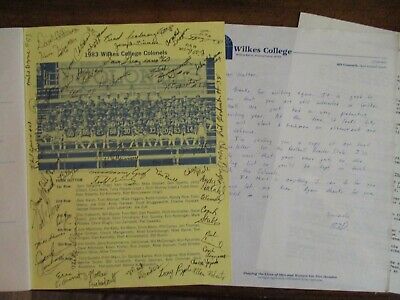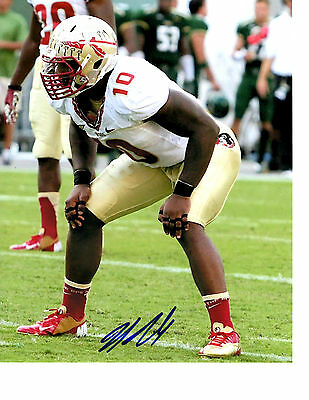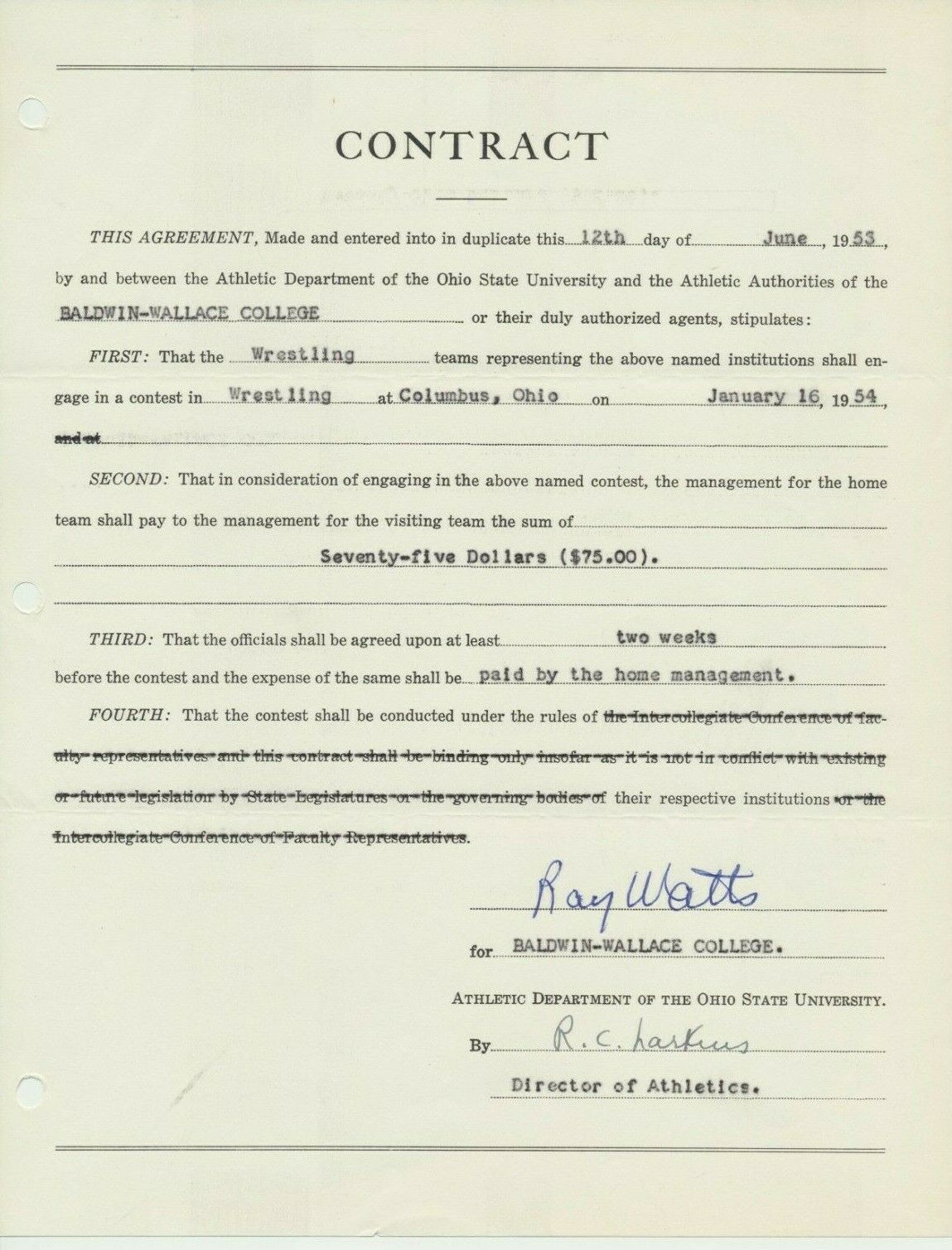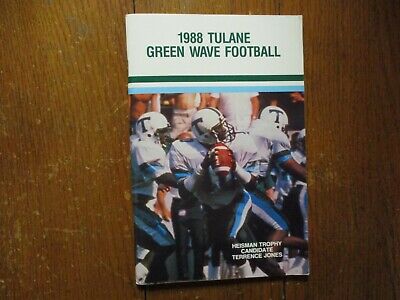-40%
1922 John W Heisman Signed Book Principles of Football Autographed PSA/DNA
$ 6861.36
- Description
- Size Guide
Description
1922 John W Heisman Signed Book Principles of Football Autographed PSA/DNAThe image is the exact item you will receive.
1922 John Heisman autographed "Principles of Football" Hardcover Book, exquisitely signed in Mint black ink. Heisman came to prominence as a center and tackle for both Brown University and Penn during the late 19th century, then had a 35-year career as one of the top collegiate coaches. He retired in 1927 to help found the New York Downtown Athletic Club, who presents the annual Heisman Trophy. Beautiful Bold Autograph that is accompanied by a Letter of Authenticity from PSA/DNA. Book is in great shape and also has the dust jacket present which is very rare
.
John W. Heisman: Innovator of the Game
As the tradition of the Heisman Memorial Trophy grows with each passing year, the life of the man memorialized by the award fades into the annals of history. No one more thoroughly studied the dynamics of football or witnessed more closely the game’s evolution. No one personally knew more immortals of the gridiron or effected more change in the game’s development, than John W. Heisman. Born in Cleveland, Ohio, October 23, 1869, John William Heisman grew up on the oil fields of northwest Pennsylvania, in the town of Titusville. John Heisman’s first football games were a hodgepodge of soccer and rugby. In 1887, at age 17 he left Titusville for Brown University where he played a form of club football with his classmates. After two years, in the fall of 1889, he transferred to The University of Pennsylvania to pursue a law degree. Though outsized at 5’8” and 158lbs, he played varsity football for three years as guard, center, tackle, and sometimes end.
A Coaching Career
Debilitated after a flash of lightning nearly cost him his eyesight, Heisman took his final exams orally and graduated with his law degree in the spring of 1892. Immediately after college, he got his first coaching job at Oberlin College, leading the team to win all of its seven games in only the second year of the football program. Heisman’s career was launched. His career as a coach developed with stints at Auburn, Clemson, University of Pennsylvania, Washington & Jefferson and Rice. His most impressive coaching reign was with Georgia Tech (1904-1919), where his Golden Tornadoes were a scoring powerhouse with an astounding 33 straight wins. Coach Heisman left Georgia Tech after the 1919 season to return as head coach at his alma mater, University of Pennsylvania. After three years he bought out his contract and spent one year at Washington & Jefferson before moving west to Texas and Rice Institute. His coaching career ultimately spanned more than three decades, and in 1927 at age 62, John W. Heisman retired from coaching the game he loved and developed
. “Retirement”
In New York, John Heisman found more time to write as well as to serve in advisory positions. His articles appeared in publications such as American Liberty and Colliers Magazine, and he also served as football editor for the professional publication Sporting Goods Journal. This prodigious outpouring did not go unnoticed. On May 23, 1930, John W. Heisman was named the first Athletic Director of the Downtown Athletic Club of New York City. Serving in this capacity, Heisman organized and founded the Touchdown Club of New York, and later the National Football Coaches Association. At the insistence of the DAC officers, Heisman organized and set in motion the structure and voting system to determine the best collegiate football player in the country. Though initially opposed to pointing out an individual over a team, he ultimately felt it a consummate team accomplishment to have such recognition. The first Downtown Athletic Club Award was given in 1935 to Chicago’s Jay Berwanger. On October 3, 1936, before the second award was bestowed, John W. Heisman succumbed to pneumonia. The officers of the DAC unanimously voted to rename the DAC Award the Heisman Memorial Trophy that year.
A Life Achievement
During his coaching career, Heisman changed the face of the game that became America’s passion. What he considered his greatest contribution, the forward pass, was legalized in 1906, after three years of writing and pestering Walter Camp and the rules committee. Much of the official rule book of the day adopted Heisman’s suggestions word for word. Men who respected and called John W. Heisman friend included coaches Robert C. Zuppke of Illinois, Fielding Yost of Michigan, Amos A. Stagg of Chicago, Dr. J.W. Wilce of the Ohio State University, D.X. Bible of Texas A&M; legendary sports writer Grantland Rice; golf’s first Grand Slam winner Robert Jones Jr.; and former teammate and Honorable Mayor of Philadelphia Harry A Mackey. As did his life touch many, the spirit of his character continues to inspire the best in those who would receive his Memorial.
Bid With
Confidence. Check out our outstanding positive feedback rating.
Powered by SixBit's eCommerce Solution

